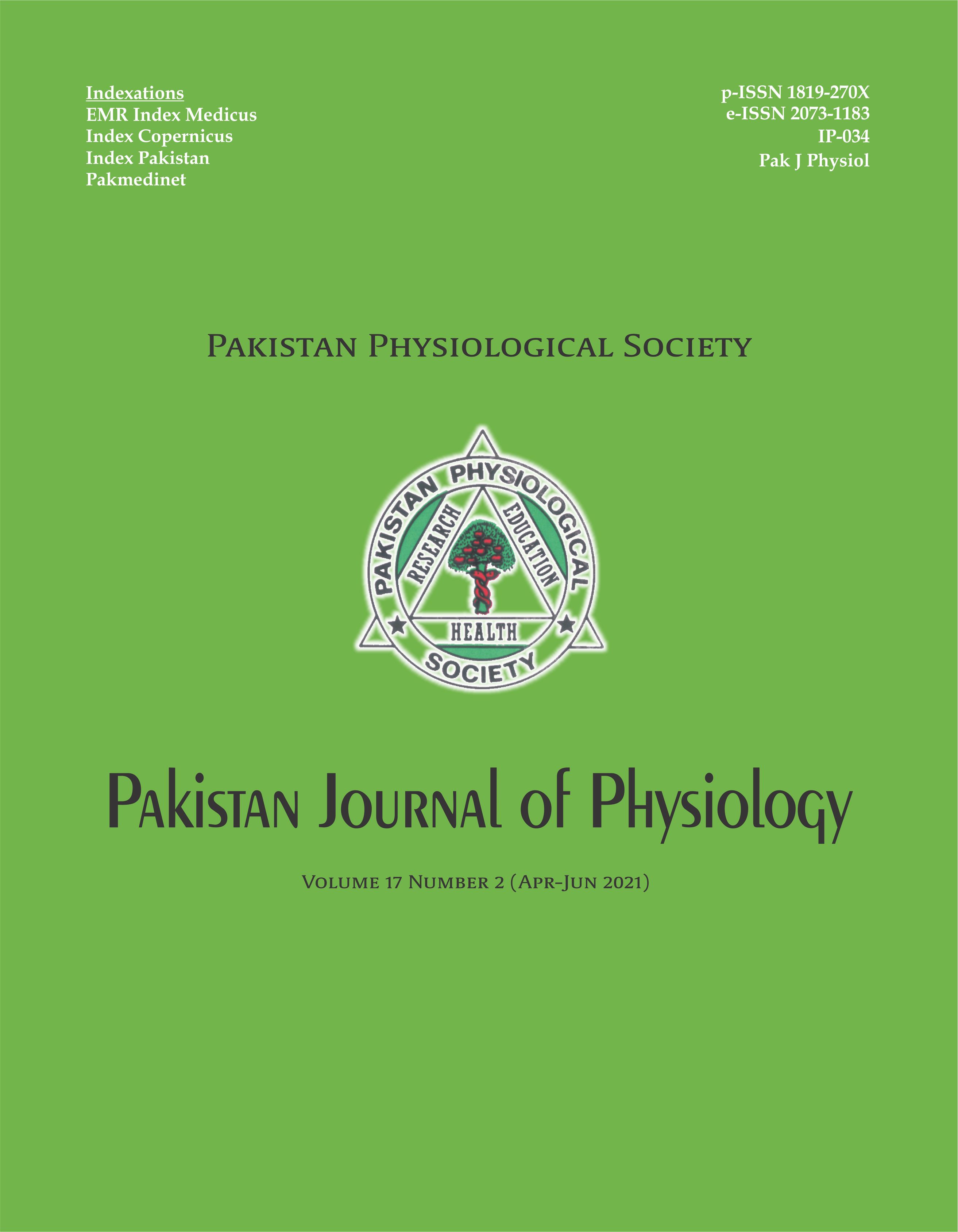PREVALENCE OF OSTEOPENIA AND OSTEOPOROSIS IN WOMEN USING DUAL ENERGY X-RAY ABSORPTIOMETRY SCAN
DOI:
https://doi.org/10.69656/pjp.v17i2.1316Keywords:
Osteopenia, Osteoporosis, DXA Scan, Premenopausal, Postmenopausal, Prevalence, Bone density, DiagnosisAbstract
Objective: To calculate the prevalence of osteopenia and osteoporosis in premenopausal and postmenopausal females of Pakistan by using Dual Energy X- ray Absorptiometry (DXA) Scan for the first time.
Methodology: This cross-sectional study was conducted at Dow University of Health Sciences (DUHS), Karachi. Female subjects aged 25 to 85 years were randomly selected and divided into premenopausal Group I and postmenopausal Group II using proformas filled from patient’s history. Each group was subdivided into normal (pre A, post A), osteopenic (pre B, post B) and osteoporotic (pre C, post C) groups by DXA Scan. Number of females in each subgroup were divided by total number of females in each group and multiplied by hundred to get the point prevalence in percentage for the month of December 2011.
Results: In premenopausal Group I, prevalence of osteopenia and osteoporosis was 12.9 % and 43.5% respectively while 43.5% females were normal. In postmenopausal Group II prevalence of osteopenia was 42.6% and osteoporosis was 29.2% while 28% females came out to be normal.
Conclusion: It was concluded that osteopenia is equally prevalent in females of Pakistan irrespective of menopausal status whereas osteoporosis is found to be more prevalent in postmenopausal females compared to premenopausal females.
Downloads
Downloads
Published
How to Cite
Issue
Section
License
The author(s) retain the copyrights and allow their publication in Pakistan Journal of Physiology, Pak J Physiol, PJP to be FREE for research and academic purposes. It can be downloaded and stored, printed, presented, projected, cited and quoted with full reference of, and acknowledgement to the author(s) and the PJP. The contents are published with an international CC-BY-ND-4.0 License.











